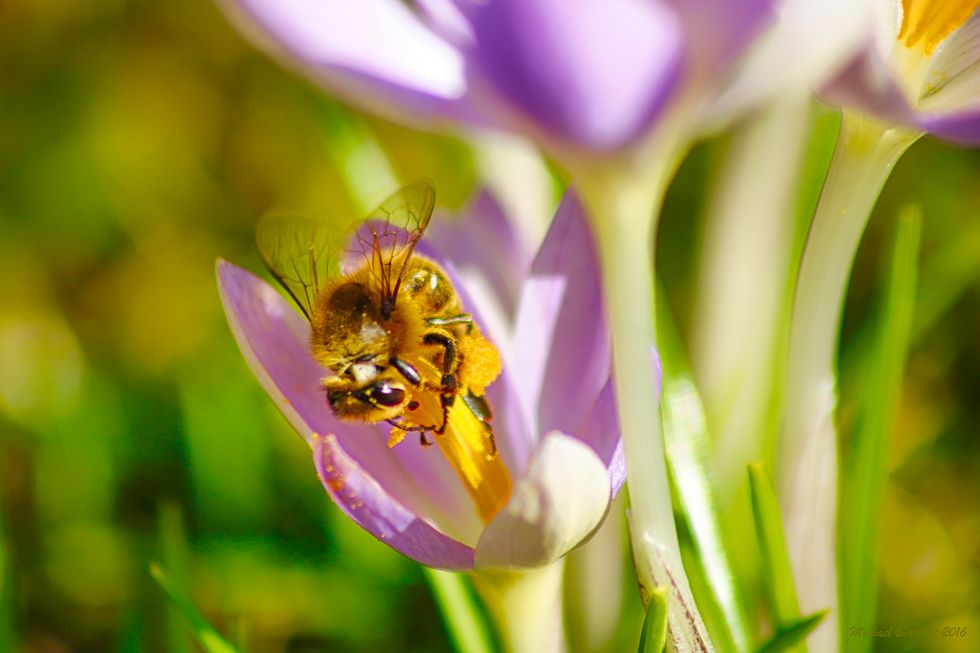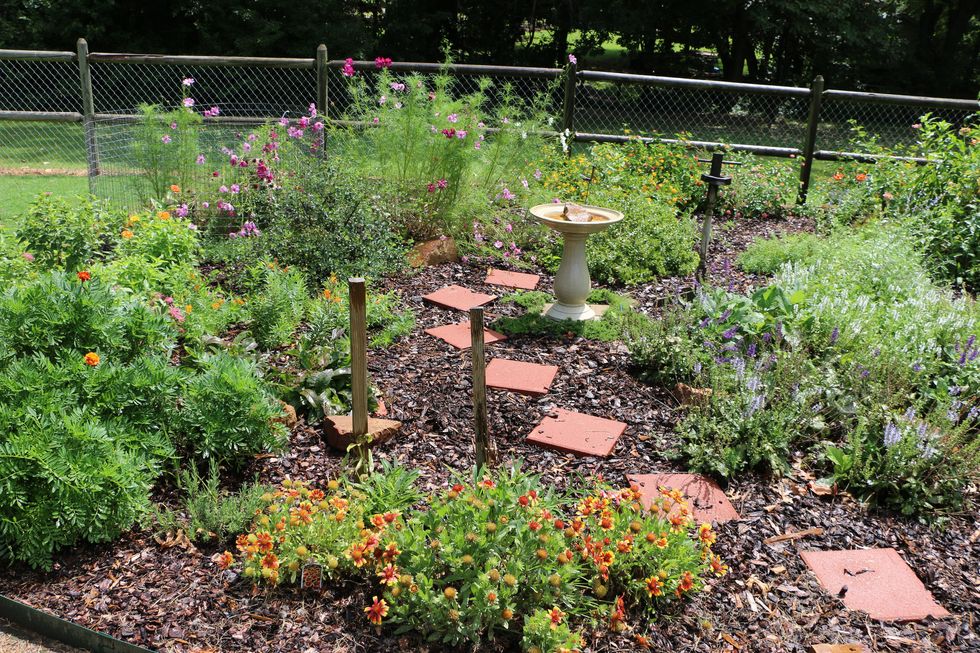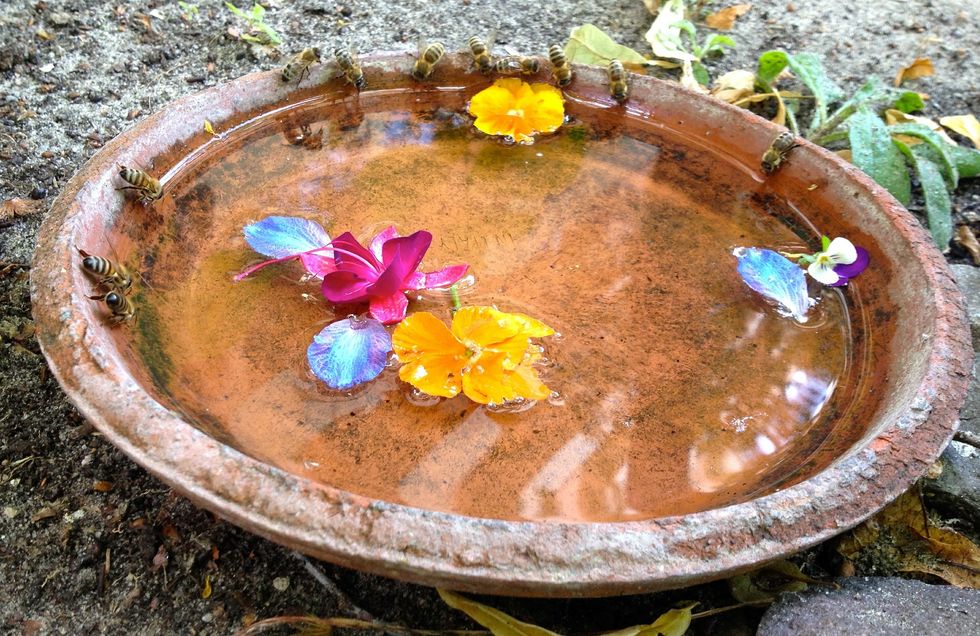In the past few years, we've heard constant news about bees dying en masse because of Colony Collapse Disorder (CCD), climate change, habitat loss, harmful pesticide/herbicide/fertilizer use, and uncontrolled disease. This past January, the U.S. officially placed the bumble bee species on its endangered list, its population "[having] plunged nearly 90 percent in abundance and distribution since the late 1990s," reports Steve Gorman of Scientific American. We have a serious problem and with how the White House addresses environmental protection and climate change, there is no time to bite our knuckles and keep quiet.
If nothing else, make a lovely bee garden for our pollinators this spring and summer. They work so hard every day and would like an easy place to visit for easy pickings and to cool off for a moment or two. As previouly mentioned, a huge problem is habitat loss, particularly because of monoculture, which means make your garden so beautiful and diverse that the bees can see it from miles away. (If unaware, monoculture is the widespread cultivation of only one crop, which gives pollinators no variety. Pesticides are also often used, which creates another issue.) With your bee garden, you promise the bees a reliable source of nectar and a safe place for their colonies to go.
The photograph is one approach you can have toward building your bee garden. However, yours doesn't have to be nearly as elaborate or large. Bees, like all insects and animals, appreciate any gesture that piques their instincts. And that means, no matter the size, grow flowers and plants that bees make use of. There are so many, so pick and choose your favorites (or maybe ones you've never even heard of). The Honeybee Conservancy offers excellent guidelines that last you through the seasons, with emphasis on single flower tops for optimal nectar production, season-round bloomers, and natural pesticide/fertilizer use only.
Some plants/flowers you can plant are: cosmos, lavender, sunflowers, lilac, snapdragons, witch hazel, rosemary, echinacea, goldenrods, zinnias, and more. Heed the Honeybee Conservancy's advice, though!
You can also create bee houses and bee baths if you so wish. Did you know that some bees burrow beneath the soil for nesting? If not, you can now go out and make use of that information. Leave out a little patch of your garden (that's in the warm sunshine), so these bees can make a home. Other bees like untreated woods for nesting (of various types), so you can construct a little pile of bamboo, reed, wood blocks, etc. with fresh flowers for them.
Above is an example of a bee bath. You can be as creative with yours as you'd like, as you only need to have a shallow dish or bowl with some stones or other objects in the middle. The stones are so the bees can lie atop them while they drink, bathe, or rest (so don't let the water rise farther than the stones). Be sure to provide fresh water daily and keep the dish/bowl clean. You wouldn't want to drink dirty water, would you?
The bee bath and house will also give bees more of an incentive to stop by your garden for pollination. You'll have the healthiest garden you've ever had once you invest a bit of time, energy, and money into our fellow pollinators. It'll also be so beautiful, with all different types of bees (honeybees, bumblebees, solitary species, etc.) and a variety of butterflies. Encouraging biodiversity will become a treasured pastime in no time at all.





















